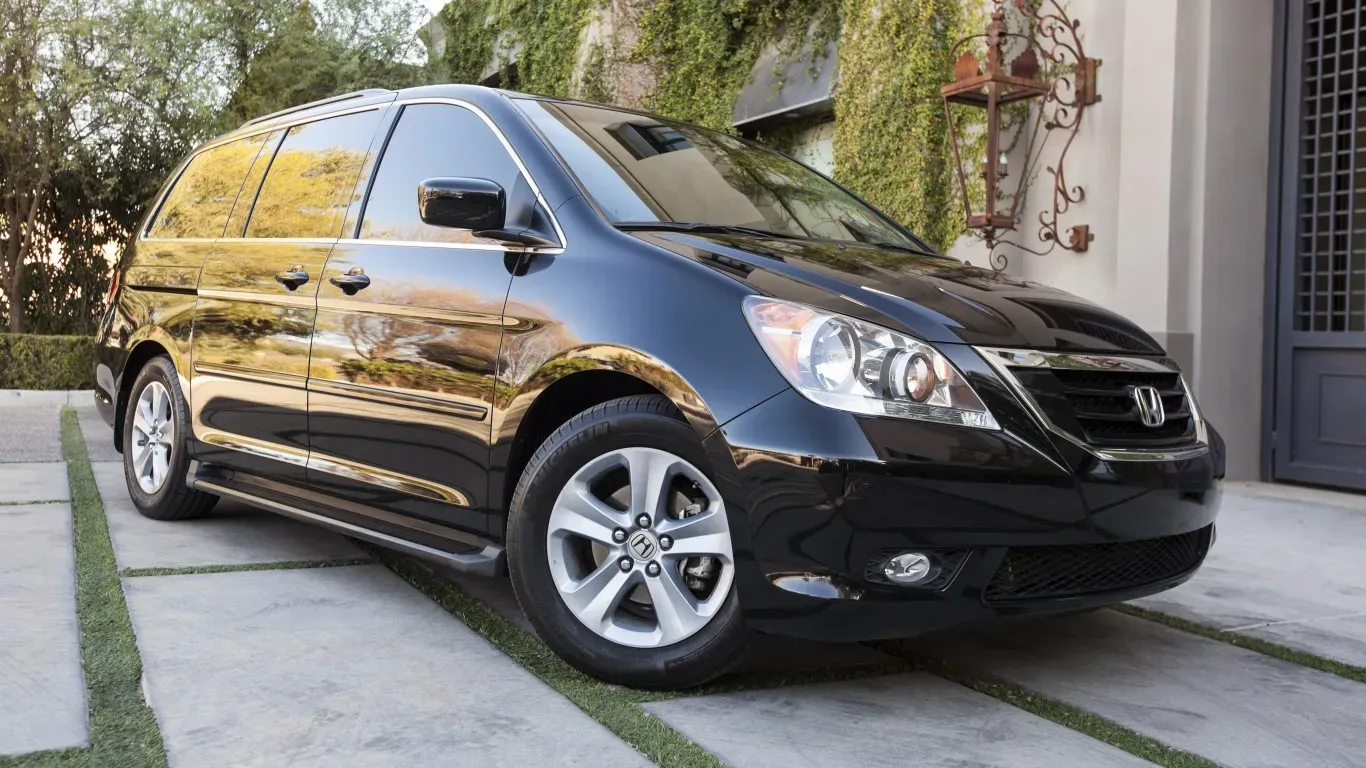Properly charging your car battery is essential for maintaining the health and longevity of your vehicle’s electrical system. Understanding how many amps to charge a car battery can make a significant difference in preventing battery issues and ensuring your car starts reliably every time. In this guide, we’ll explore the key aspects of car battery charging, from choosing the right amperage to maintaining your battery for long-term use.
Recommended Charging Amps for Different Car Batteries
| Battery Type | Capacity (Ah) | Recommended Amperage | Charging Time (Hours) | Safe Charging Tips |
| Lead-Acid Battery | 50-70 Ah | 4-6 Amps | 8-12 Hours | Avoid overcharging; use a smart charger |
| AGM Battery | 50-70 Ah | 4-6 Amps | 8-10 Hours | Use a charger with AGM mode |
| Gel Cell Battery | 50-70 Ah | 2-4 Amps | 12-16 Hours | Charge slowly to avoid overheating |
| Lithium-Ion Battery | 30-50 Ah | 2-5 Amps | 6-8 Hours | Use a charger designed for Lithium-Ion |
| Deep Cycle Battery | 70-100 Ah | 6-10 Amps | 10-14 Hours | Ensure deep cycles for longer life |
| Maintenance-Free | 50-70 Ah | 4-6 Amps | 8-12 Hours | Monitor charging progress |
| Marine Battery | 80-100 Ah | 6-10 Amps | 10-16 Hours | Avoid full discharge frequently |
| RV Battery | 70-100 Ah | 6-8 Amps | 10-14 Hours | Use a multi-stage charger |
| Motorcycle Battery | 10-20 Ah | 1-2 Amps | 8-10 Hours | Use a trickle charger for storage |
| Hybrid Car Battery | Varies | Manufacturer Specific | Varies | Follow manufacturer guidelines |
Car Battery Amperage
Amperage, measured in amps, is the flow of electric current that charges your battery. When it comes to charging, the right amperage is crucial. Charging your car battery at too high an amperage can overheat and damage the battery, while too low an amperage may take much longer than necessary. Typically, a safe and efficient range is between 4 to 10 amps, depending on your battery’s capacity and the charger you’re using. Knowing how many amps to charge a car battery ensures you’re providing the optimal current for your battery type.
Best Way to Charge a Car Battery
Charging your car battery properly is vital for its health and performance. The best way to charge a car battery involves using a charger that matches the battery’s specifications. Slow charging, at around 4 to 6 amps, is generally safer and more effective for long-term battery health. Fast charging should be reserved for emergencies, as it can cause more wear and tear. Applying car battery charging tips like avoiding extreme temperatures during charging can further enhance your battery’s lifespan.
Charging a Car Battery at Home
Charging a car battery at home is convenient and can save you time and money. To do this safely, you’ll need a reliable charger with an appropriate amperage setting. A car battery charger guide can help you select the right device, considering factors like battery type and capacity. Always ensure that your charger is set to the correct voltage and amperage before connecting it to the battery. By following these steps, you can efficiently charge your car battery at home without risking damage.
Battery Maintenance for Cars
Regular battery maintenance for cars is key to avoiding unexpected breakdowns. Simple practices, such as checking the battery terminals for corrosion and ensuring that the battery is securely mounted, can prevent many common issues. Extending car battery life also involves keeping the battery charged between 75% and 100%, avoiding deep discharges, and minimizing exposure to extreme temperatures. These maintenance steps are essential for keeping your car’s battery in top condition.
Car Battery Troubleshooting
Even with proper maintenance, car batteries can occasionally fail. Car battery troubleshooting involves checking for signs of a dead car battery, such as dim headlights, slow engine cranking, or a clicking noise when you turn the key. If you notice these symptoms, the issue might be related to the battery’s charge level or connections. Knowing how many amps to charge a car battery can help in diagnosing and correcting charging problems, ensuring your car remains reliable.
DIY Car Battery Charging
For those who prefer hands-on car maintenance, DIY car battery charging is a practical option. However, it’s important to follow safety precautions to avoid accidents. Start by ensuring you have a charger that matches your battery’s specifications. Always connect the charger to the battery before plugging it into the outlet, and make sure the charger is set to the correct amperage. Following a checklist for safe charging can help you avoid damage and extend your battery’s life.
Choosing the Right Car Battery Charger
Selecting the right charger is essential for maintaining your car battery. The ideal charger should match your battery’s capacity and provide the appropriate amperage. A car battery charger guide can assist you in identifying the best charger for your needs. Smart chargers, which automatically adjust the amperage to match the battery’s condition, are a great option for ensuring safe and efficient charging. Trickle chargers, which maintain the battery at a full charge without overcharging, are also useful for long-term storage.
Importance of Matching Amperage to Battery Type
Matching the right amperage to your specific battery type is crucial for optimal charging. Different battery types, such as lead-acid, AGM, or lithium-ion, have varying requirements. For example, how many amps to charge a car battery that is lead-acid differs significantly from a lithium-ion battery. Overcharging or undercharging can lead to reduced battery life or even damage. Understanding these differences ensures that you’re not only charging efficiently but also preserving your battery’s health.
Impact of Temperature on Charging Efficiency
Temperature plays a significant role in how to charge a car battery effectively. Cold temperatures can slow down the chemical reactions within the battery, making it harder to charge, while extremely high temperatures can increase the risk of overheating during charging. It’s important to charge your battery in a controlled environment where the temperature is moderate. Charging your battery at home in a garage or shaded area can help maintain the battery’s efficiency and longevity.
Signs Your Car Battery Needs Immediate Attention
Knowing the signs of a dead car battery can save you from being stranded with a non-starting car. Some of these signs include dimming headlights, slow engine crank, and the battery warning light on your dashboard. If you notice these signs, it might be time for car battery troubleshooting or even a replacement. In some cases, checking the amperage during charging can reveal if the battery is holding a charge correctly or if it needs immediate attention.
The Role of Regular Maintenance in Battery Lifespan
Routine maintenance significantly contributes to the battery maintenance for cars. Regular checks of the battery terminals for corrosion, ensuring tight connections, and cleaning any dirt or debris can prevent charging issues. Also, regularly testing your battery’s voltage and amperage helps you monitor its health. Incorporating these maintenance practices can effectively extend car battery life and keep your vehicle running smoothly.
Choosing Between Fast Charging and Slow Charging
When considering how to charge a car battery, one of the decisions you’ll need to make is whether to opt for fast charging or slow charging. Fast charging is convenient and can bring a battery to an acceptable charge level quickly, typically using higher amperage (10 amps or more). However, frequent use of fast charging can lead to increased wear and tear on the battery, reducing its overall lifespan. Slow charging, on the other hand, uses lower amperage (around 4-6 amps) and takes longer, but it’s much gentler on the battery. Slow charging is ideal for routine maintenance and extending battery life, especially when the vehicle is not in immediate need of use. Understanding the trade-offs between these two methods is crucial for making informed decisions about battery care.
Impact of Discharge Levels on Battery Longevity
The depth of discharge (DoD) refers to how much of the battery’s charge has been used before it’s recharged. For most car batteries, keeping the discharge level shallow—meaning recharging before the battery is deeply discharged—can significantly extend car battery life. Deep discharges, where the battery is drained to a very low charge level, can accelerate wear and lead to capacity loss over time. This is particularly true for lead-acid batteries, which prefer to be kept at a higher state of charge. Lithium-ion batteries, while more resilient, still benefit from avoiding full discharges whenever possible. Monitoring your battery’s discharge levels and recharging accordingly is a key aspect of effective battery maintenance for cars.
Safety Precautions During Car Battery Charging
Safety should always be a top priority when dealing with car batteries. Whether you’re charging a car battery at home or in a workshop, there are several precautions to keep in mind. First, ensure the charging area is well-ventilated, as batteries can emit flammable gases. Always wear protective gear, such as gloves and safety glasses, to protect against acid spills or sparks. Before connecting the charger, double-check that the voltage and amperage settings are correct to prevent overcharging. It’s also essential to follow the manufacturer’s instructions in the car battery charger guide to avoid mishaps. Adhering to these safety measures can prevent accidents and ensure a smooth charging process.
Conclusion
Understanding how many amps to charge a car battery is crucial for ensuring that your battery remains in good condition and your vehicle operates smoothly. By following the guidelines outlined in this article, you can safely charge your car battery, extend its life, and avoid common issues. Whether you’re charging at home or choosing a new charger, these tips will help you maintain your battery and keep your car running reliably.
Faqs
1- Is it okay to charge a car battery at 40 amps?
Charging a car battery at 40 amps is generally safe for a short period but can generate excessive heat, potentially damaging the battery. It’s better to use high amperage only in emergencies.
2- How many amps do I need to charge a 12-volt battery?
A 12-volt battery is typically charged at 10 amps for regular charging, but 4-6 amps is ideal for slow charging to maintain battery health.
3- Is it better to charge a battery at 2 amps or 10 amps?
Charging at 2 amps is safer and better for battery longevity, though it takes longer. Charging at 10 amps is faster but can cause more wear on the battery over time.
4- What is the best amperage to charge a car battery?
The best amperage to charge a car battery is typically between 4-6 amps, balancing charging time and battery health for optimal results.
I’m Waqas, an electric vehicle enthusiast and tech writer with over 6 years of experience covering the EV industry. I write in-depth articles, comparisons, and reviews to help readers understand the fast-evolving world of electric mobility. From battery technology to EV launches and charging trends, I aim to make complex EV topics simple, engaging, and informative for everyday drivers and curious readers alike.





